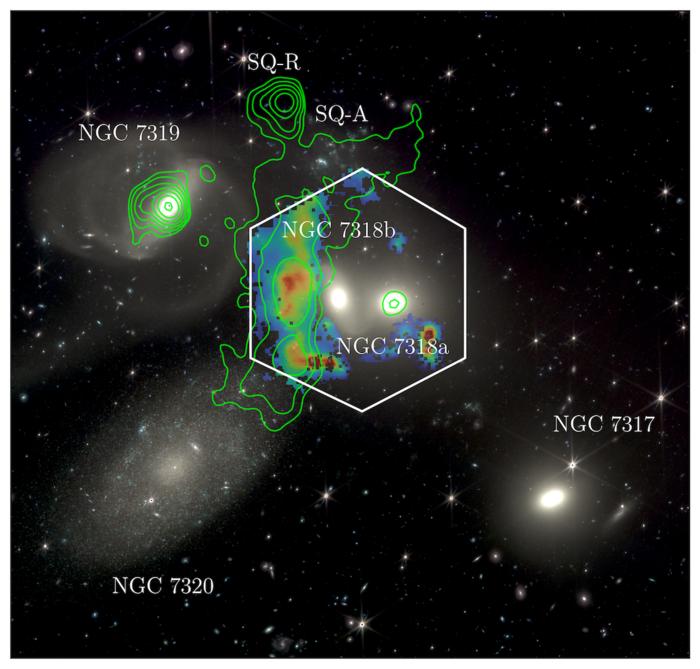DNA from plague bacteria has been identified in graves from 1338 in Kyrgyzstan, and these pathogens appear to be the ancestors of those that caused the Black Death
Health
15 June 2022
Issyk-Kul, a lake in Kyrgyzstan Thiago B Trevisan/Shutterstock
The Black Death was one of the deadliest pandemics in history, but its origins have long been mysterious. Now, the bacteria that started it all may have been found in three graves in modern-day Kyrgyzstan in central Asia.
When a genetic family tree is drawn up of plague bacteria from historical graves as well as those infecting people and animals today, the Kyrgyzstan grave pathogens seem to be the most recent common ancestor of the other groups. “They are the strain that gave rise to the majority of strains that are circulating in the world today,” says Johannes Krause at the Max Planck Institute for Evolutionary Anthropology in Leipzig, Germany. “It’s really like the big bang of plague.”
The Black Death’s first recorded emergence was in Crimea in 1346, when an army laying siege to the city of Caffa, now known as Feodosia, catapulted disease-ridden corpses over the walls. Those fleeing the resulting outbreak of plague by boat took the disease to Europe. But where the infection had been before Crimea was unknown – with suggested sources ranging from east to central Asia.
Krause’s colleague Philip Slavin at the University of Stirling, UK, noticed that excavations of a pair of 14th-century graveyards near a lake called Issyk-Kul in Kyrgyzstan had uncovered a high number of tombs inscribed with the dates of 1338 and 1339 – several years before the siege in Crimea. Some of them had “pestilence” recorded as the cause of death. “When you have one or two years with excess mortality, it means that something funny was going on,” says Slavin.
Krause and his team managed to recover DNA from the bacterium that causes plague, Yersinia pestis, from three of the graves’ human remains. Sequencing this DNA let them compare it with other historical and modern samples of plague bacterium DNA, to make a family tree.
Yersinia pestis bacteria currently infect several kinds of rodents in many countries. But plague bacteria affecting marmosets in the same region in Kyrgyzstan are genetically most similar to the old samples from the graves.
That suggests this region could be the place where the plague jumped from animals to people, says Krause. “This is a second line of evidence. There are thousands of genomes that have been analysed from rodents all over the world. But the closest relatives to [the strain recovered from the graves] are found in that particular location.”
Journal reference: Nature, DOI: 10.1038/s41586-022-04800-3
More on these topics:

























































